Home>Gardening & Outdoor>Landscaping Ideas>When To Fertilize New Grass


Landscaping Ideas
When To Fertilize New Grass
Published: January 28, 2024
Learn the best timing and methods for fertilizing new grass in your landscaping. Discover expert tips for promoting healthy growth and lush greenery. Ideal for anyone seeking landscaping ideas.
(Many of the links in this article redirect to a specific reviewed product. Your purchase of these products through affiliate links helps to generate commission for Storables.com, at no extra cost. Learn more)
Introduction
So, you've just planted new grass in your yard, and you're eager to see it flourish into a lush, vibrant green carpet. Fertilizing your new grass is a crucial step in nurturing its growth and ensuring its long-term health. However, knowing the right time and method for fertilization is essential to avoid inadvertently harming your young grass.
In this comprehensive guide, we'll explore the best practices for fertilizing new grass, taking into account various factors that can influence the timing and approach. By understanding the optimal conditions for fertilization and the specific needs of your new grass, you can set the stage for a thriving lawn that will be the envy of your neighborhood.
Let's delve into the key considerations and expert recommendations that will empower you to make informed decisions about fertilizing your new grass, ultimately leading to a verdant and resilient lawn that enhances the beauty of your outdoor space.
Key Takeaways:
- Timing is crucial when fertilizing new grass. Wait 6-8 weeks after planting before fertilizing, and consider weather and grass type for the best results.
- Choose the right fertilizer, apply it evenly, and water the lawn thoroughly after fertilization to ensure healthy and vibrant new grass.
Read more: When To Fertilize New Grass Seed
Factors to Consider Before Fertilizing New Grass
Before reaching for the fertilizer spreader, it’s crucial to assess several key factors that can significantly impact the success of your new grass. Understanding these considerations will help you make informed decisions about when and how to fertilize, ensuring that your efforts yield the best possible results.
- Grass Maturity: New grass typically needs time to establish its root system before it can effectively utilize fertilizer. It’s essential to allow the grass to become established, usually for at least 6-8 weeks, before considering fertilization. Fertilizing too early can overwhelm the young grass and impede its healthy development.
- Soil Condition: Assessing the soil’s pH level and nutrient content is crucial before applying fertilizer. Conducting a soil test can provide valuable insights into any deficiencies or imbalances that need to be addressed. Understanding the soil’s composition enables you to select the most suitable fertilizer and application approach for your specific lawn.
- Weather Conditions: Consider the prevailing weather patterns in your region, as they can influence the effectiveness of fertilization. Extreme heat, drought, or heavy rainfall can impact the grass’s ability to absorb nutrients from the fertilizer. It’s advisable to fertilize during periods of moderate temperatures and adequate moisture to optimize the grass’s response to the nutrients.
- Grass Type: Different grass species have varying nutritional requirements and growth patterns. Understanding the specific needs of your grass type is essential for tailoring the fertilization schedule and selecting the appropriate fertilizer formulation. Whether you have cool-season or warm-season grass, adapting your approach to suit the grass type can maximize the benefits of fertilization.
- Existing Nutrient Levels: Assess any existing fertilization or nutrient applications that were performed during the soil preparation and seeding stages. Overloading the grass with excessive nutrients can lead to nutrient imbalances and potential damage. Balancing the grass’s current nutrient levels with targeted fertilization is key to promoting healthy growth without overwhelming the young turf.
By carefully considering these factors before fertilizing your new grass, you can lay the groundwork for a successful and sustainable lawn care regimen. These considerations serve as invaluable guidelines for determining the most opportune time to fertilize and customizing the approach to suit the specific needs of your young grass.
Best Time to Fertilize New Grass
Timing is everything when it comes to fertilizing new grass. Identifying the optimal window for fertilization plays a pivotal role in nurturing the young turf and fostering its long-term vitality. While the specific timing may vary based on factors such as grass type and local climate, certain general guidelines can help you determine the best time to apply fertilizer to your new grass.
Early Fertilization Window: For newly seeded or sodded grass, it’s advisable to wait until the grass has undergone at least two complete mowings before considering fertilization. This typically equates to a waiting period of 6-8 weeks, allowing the grass to establish its root system and achieve a sufficient level of maturity. Fertilizing too early can overwhelm the young grass and impede its healthy development, so exercising patience during this initial phase is crucial.
Seasonal Considerations: The timing of fertilization should also align with the natural growth cycles of the grass and the prevailing weather conditions. In general, the best time to fertilize new grass is during its peak growth periods, which vary based on the grass type. For cool-season grasses, the optimal times for fertilization are early fall and early spring, while warm-season grasses benefit most from fertilization in late spring and early summer. These timeframes coincide with the periods of active growth and enable the grass to efficiently utilize the nutrients for robust development.
Weather-Dependent Timing: It’s essential to consider the weather forecast when scheduling your fertilization activities. Aim to fertilize when the weather outlook indicates moderate temperatures and adequate moisture. Extreme heat, drought, or heavy rainfall can hinder the grass’s ability to absorb and benefit from the nutrients in the fertilizer. By choosing a period of mild weather with sufficient moisture, you can optimize the grass’s response to the applied nutrients, maximizing the effectiveness of the fertilization process.
Adaptation to Local Conditions: Understanding the specific climate and environmental factors in your region is crucial for fine-tuning the timing of fertilization. Local extension services or gardening resources can provide valuable insights into the best timing for fertilizing new grass based on the unique conditions in your area. By leveraging this localized knowledge, you can align your fertilization efforts with the most favorable timing for promoting the health and vigor of your new grass.
By considering these guidelines and tailoring the timing of fertilization to suit your specific grass type and local climate, you can maximize the impact of your fertilization efforts and set the stage for a luxuriant and resilient lawn.
Fertilize new grass 6-8 weeks after planting to promote healthy growth. Use a balanced fertilizer with equal parts nitrogen, phosphorus, and potassium. Avoid fertilizing during extreme heat or drought.
How to Fertilize New Grass
Effectively fertilizing new grass involves a strategic approach that takes into account the grass’s developmental stage, nutrient requirements, and the most suitable application methods. By following best practices for fertilization, you can optimize the grass’s uptake of nutrients and support its healthy growth, ultimately contributing to the establishment of a vibrant and robust lawn.
Choose the Right Fertilizer: Selecting a high-quality fertilizer that aligns with the specific needs of your new grass is the first step toward successful fertilization. Look for a fertilizer with a balanced formulation of essential nutrients, typically indicated on the packaging as an N-P-K ratio (representing the percentages of nitrogen, phosphorus, and potassium). For new grass, a starter fertilizer with a higher phosphorus content can promote strong root development and overall resilience.
Calibrate Application Rates: Carefully calibrating the application rates of the fertilizer is crucial to avoid over- or under-fertilizing the new grass. Refer to the manufacturer’s instructions and consider the results of a soil test, if available, to determine the appropriate amount of fertilizer to apply per square foot. Over-application can lead to nutrient imbalances and potential damage, while under-application may not provide the necessary nutrients for optimal growth.
Utilize Proper Application Techniques: Applying the fertilizer evenly and at the correct time is essential for maximizing its effectiveness. Consider using a rotary spreader or drop spreader to ensure uniform coverage across the lawn. Take care to avoid overlapping passes, as this can result in uneven distribution of the fertilizer. Additionally, it’s advisable to fertilize when the grass is dry to prevent the fertilizer from sticking to the blades, which could potentially cause damage.
Watering After Fertilization: Following the application of fertilizer, it’s important to water the lawn thoroughly to facilitate the absorption of nutrients into the soil. Watering helps to activate the fertilizer and carry the nutrients down to the root zone, where they can be readily accessed by the grass. Aim to water deeply, allowing the moisture to penetrate the soil and encourage the grass’s roots to grow deeper, promoting overall resilience and drought tolerance.
Observe Environmental Considerations: Be mindful of environmental factors when fertilizing new grass, taking care to avoid spreading fertilizer onto hard surfaces or near water bodies. This can help prevent nutrient runoff and minimize the risk of environmental contamination. Additionally, consider the potential impact of fertilization on neighboring plants and take precautions to prevent unintended exposure to the fertilizer.
By following these guidelines for fertilizing new grass, you can ensure that your efforts are conducive to the healthy establishment and sustained growth of your lawn. By providing the essential nutrients and fostering strong root development, strategic fertilization can contribute to the long-term beauty and resilience of your new grass.
Conclusion
Fertilizing new grass is a pivotal aspect of lawn care that demands thoughtful planning and a nuanced understanding of the grass’s specific needs. By considering factors such as grass maturity, soil conditions, and seasonal timing, you can lay the groundwork for successful fertilization that promotes the healthy establishment and sustained growth of your new grass.
Understanding the best time to fertilize new grass and tailoring the application to suit the grass type and local climate enables you to optimize the benefits of fertilization while minimizing the risk of potential harm. By adhering to best practices for fertilizer selection, application rates, and techniques, you can ensure that your efforts contribute to the development of a lush, resilient lawn that enhances the beauty of your outdoor space.
As you embark on the journey of fertilizing new grass, remember that patience and attentiveness are key virtues. Allowing the grass to establish itself before fertilization and observing environmental considerations during the application process are essential for nurturing a healthy and sustainable lawn. By leveraging the insights and recommendations outlined in this guide, you can approach the task of fertilizing new grass with confidence and expertise, ultimately reaping the rewards of a vibrant and enduring lawn.
Armed with this knowledge, you are well-equipped to navigate the intricacies of fertilizing new grass and contribute to the flourishing beauty of your outdoor environment. By integrating these best practices into your lawn care regimen, you can foster the growth of a verdant and resilient lawn that serves as a testament to your dedication and expertise in nurturing the natural splendor of your surroundings.
Frequently Asked Questions about When To Fertilize New Grass
Was this page helpful?
At Storables.com, we guarantee accurate and reliable information. Our content, validated by Expert Board Contributors, is crafted following stringent Editorial Policies. We're committed to providing you with well-researched, expert-backed insights for all your informational needs.

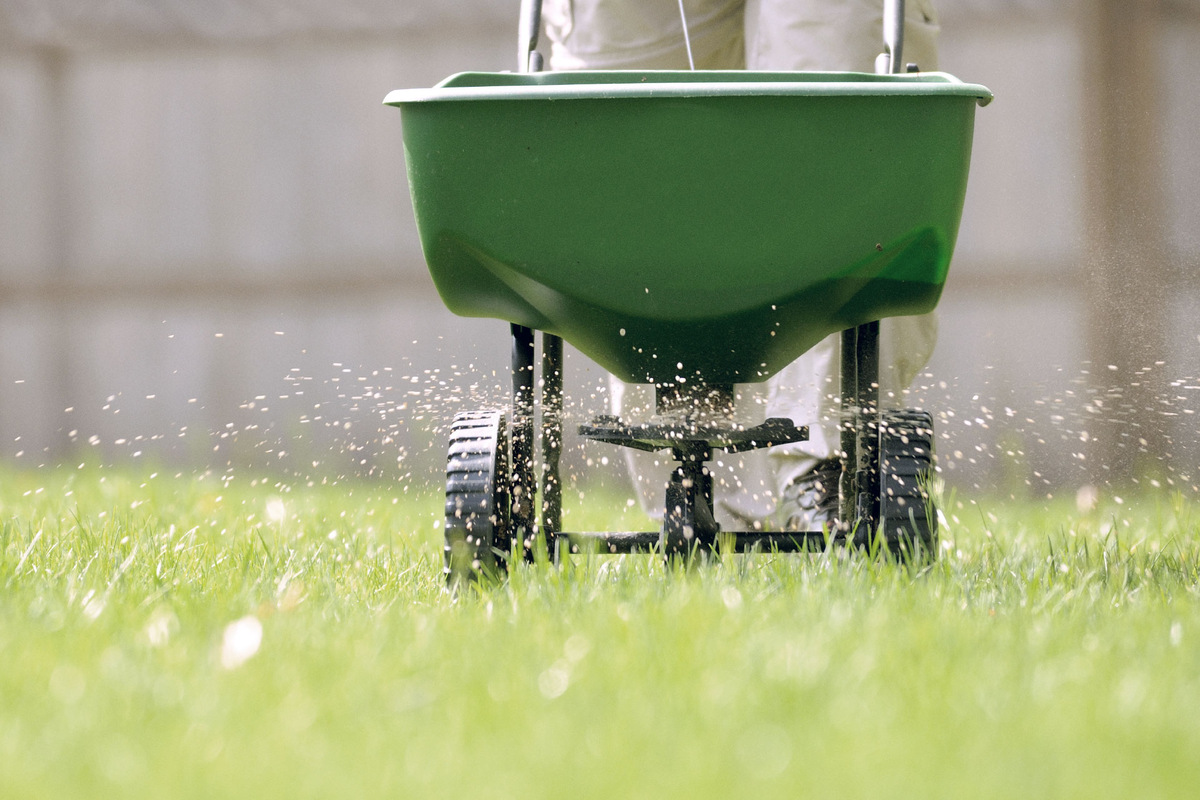

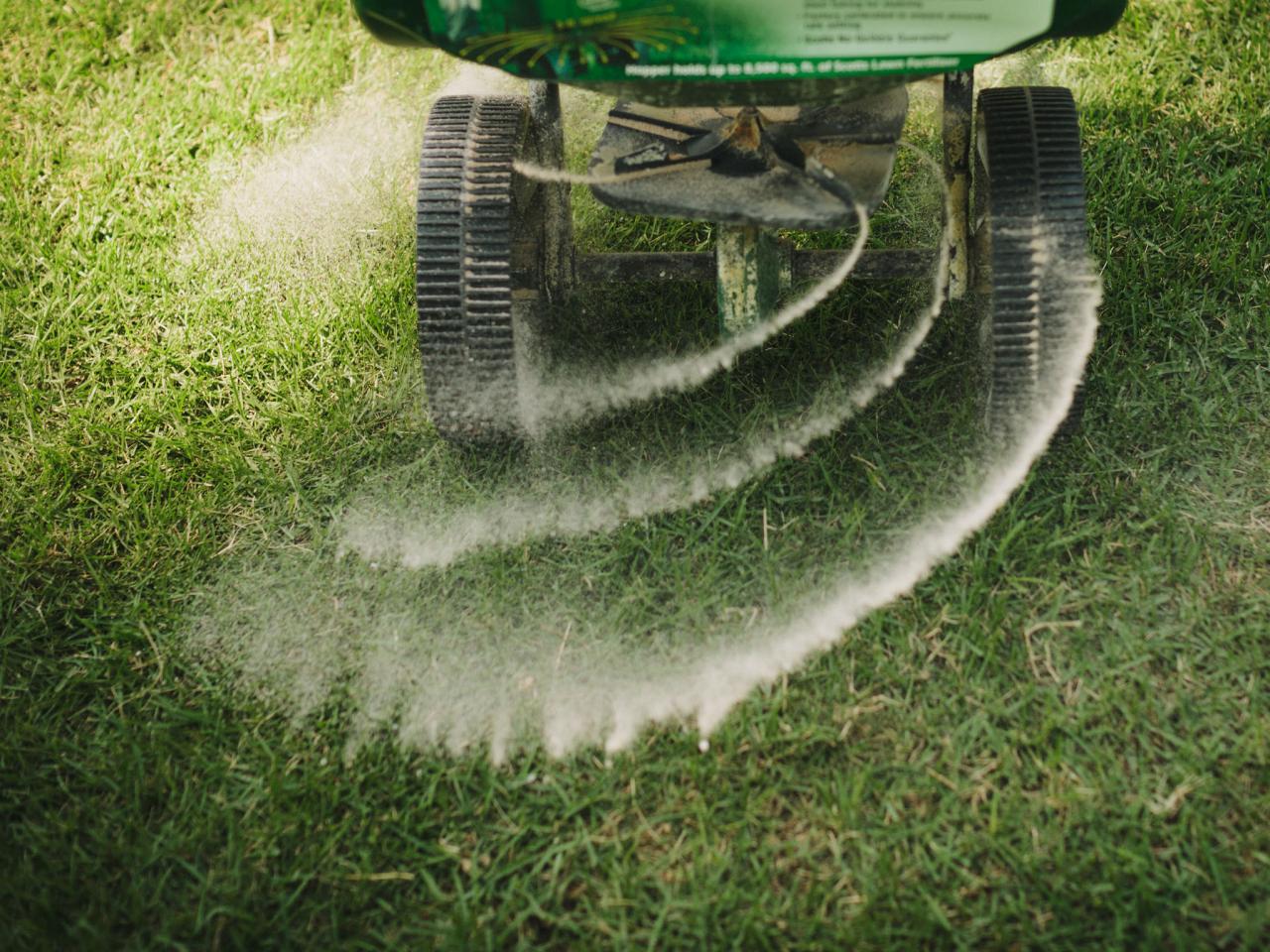
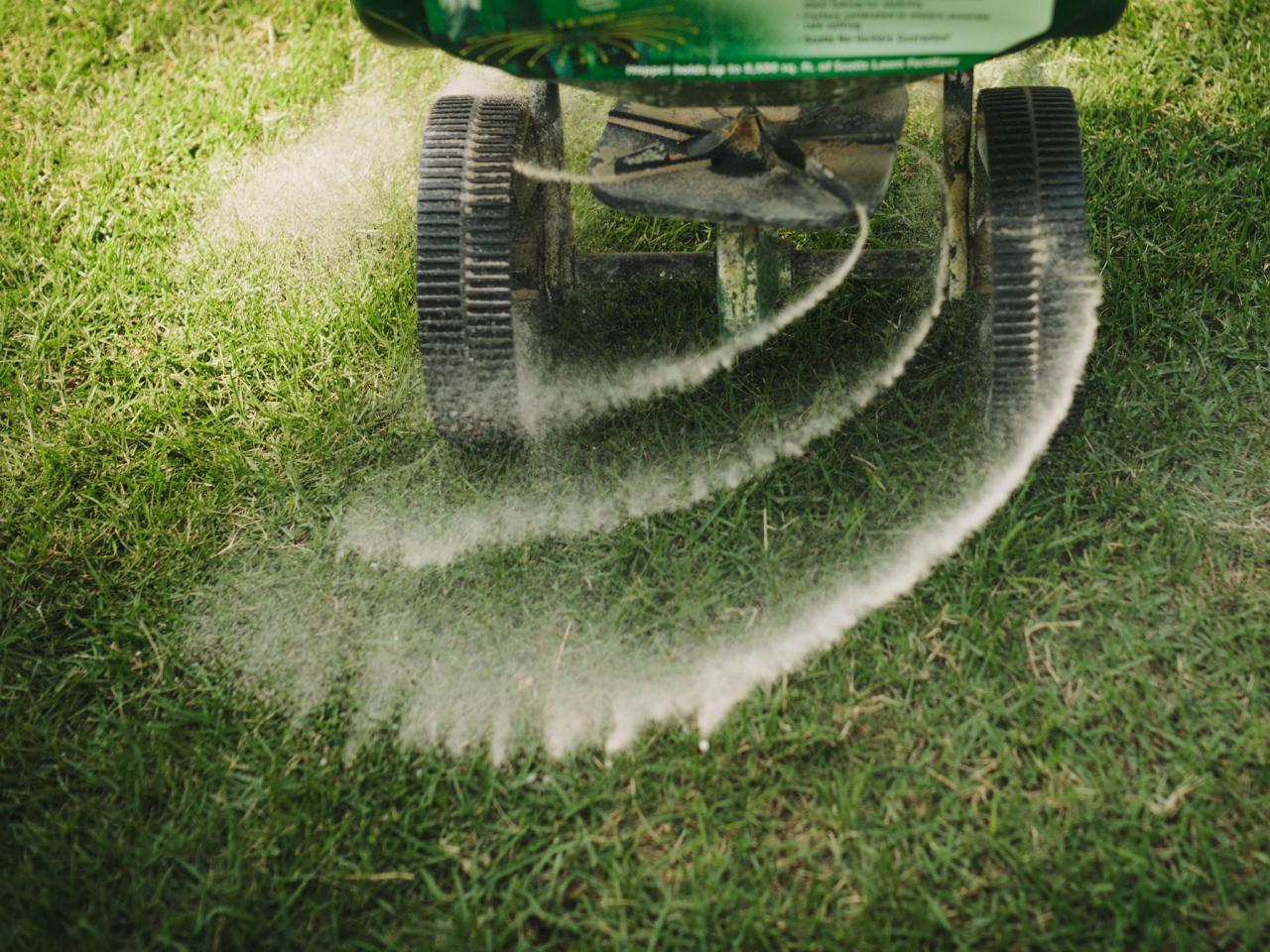


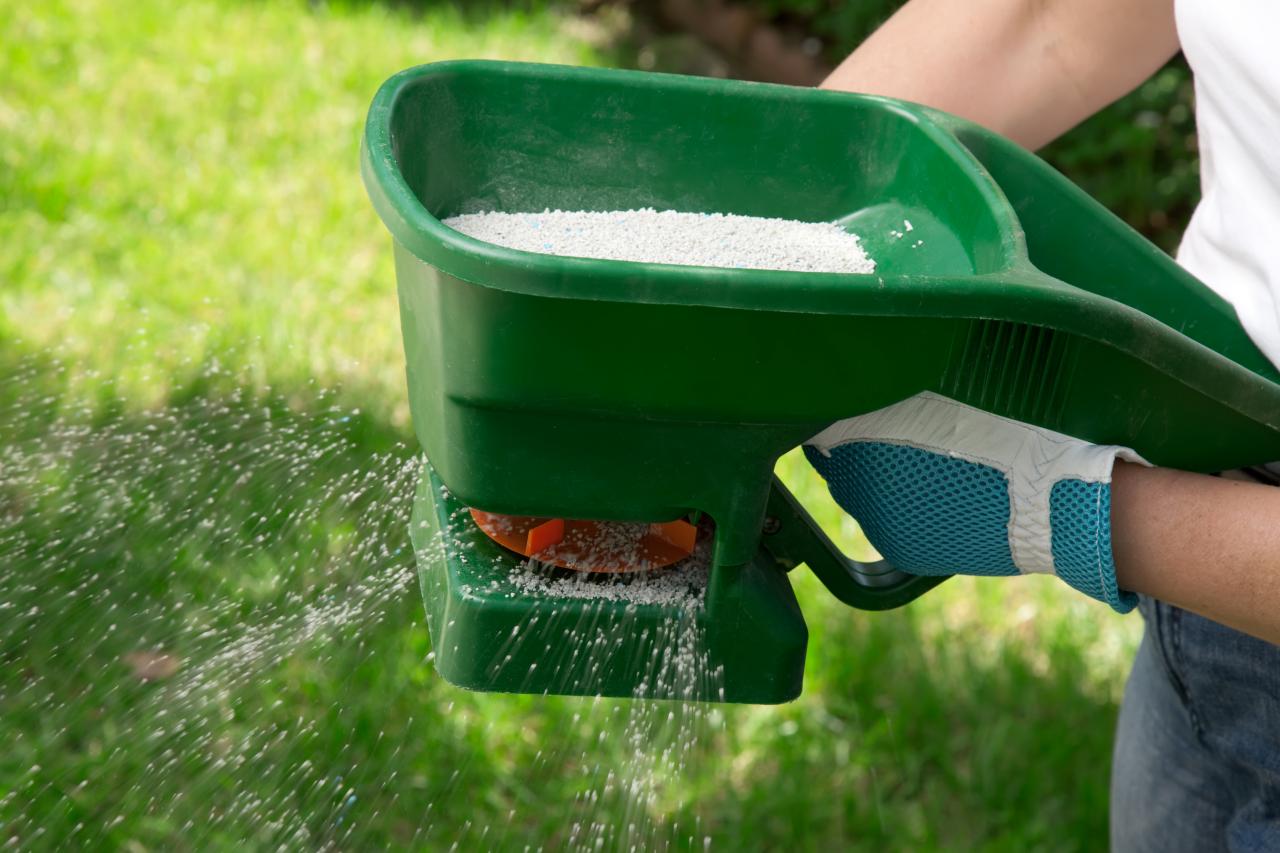
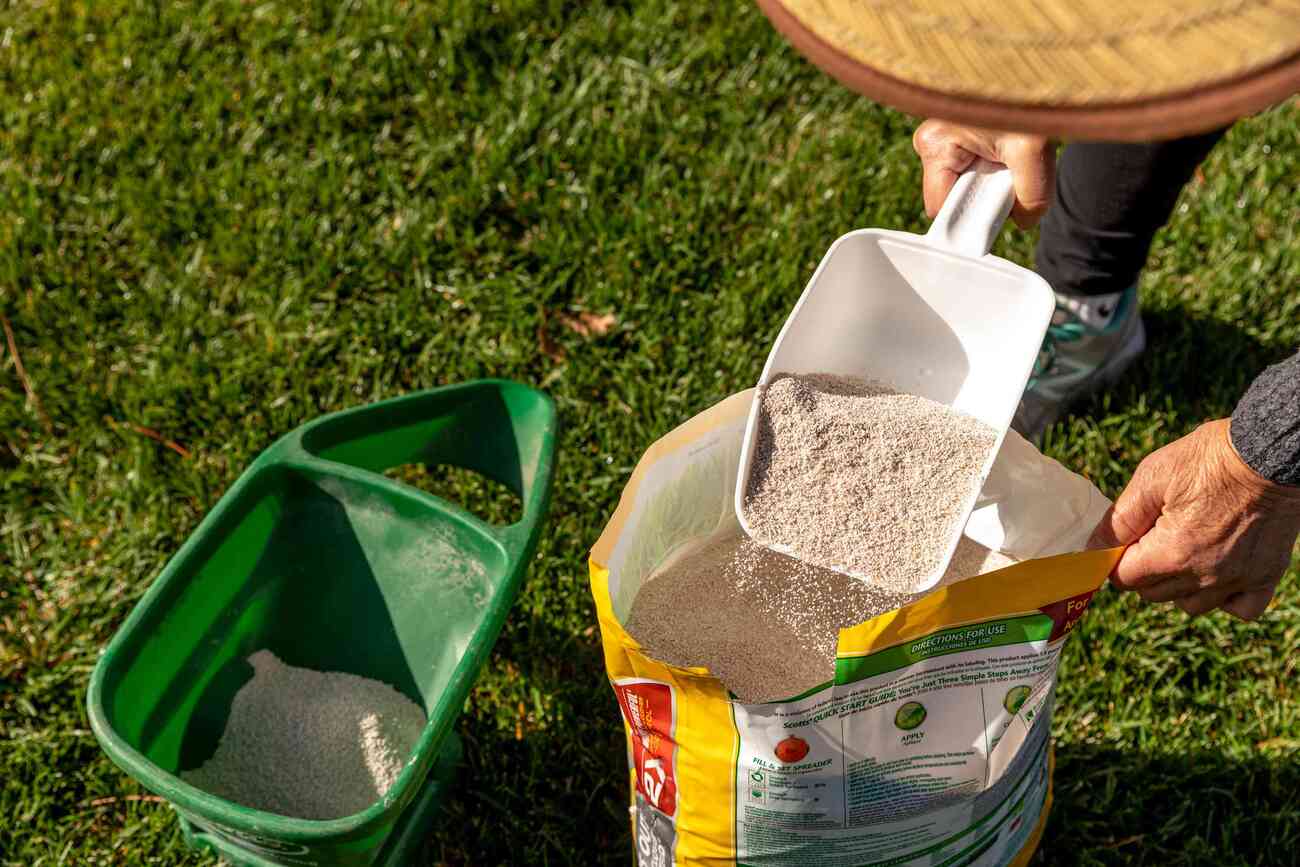

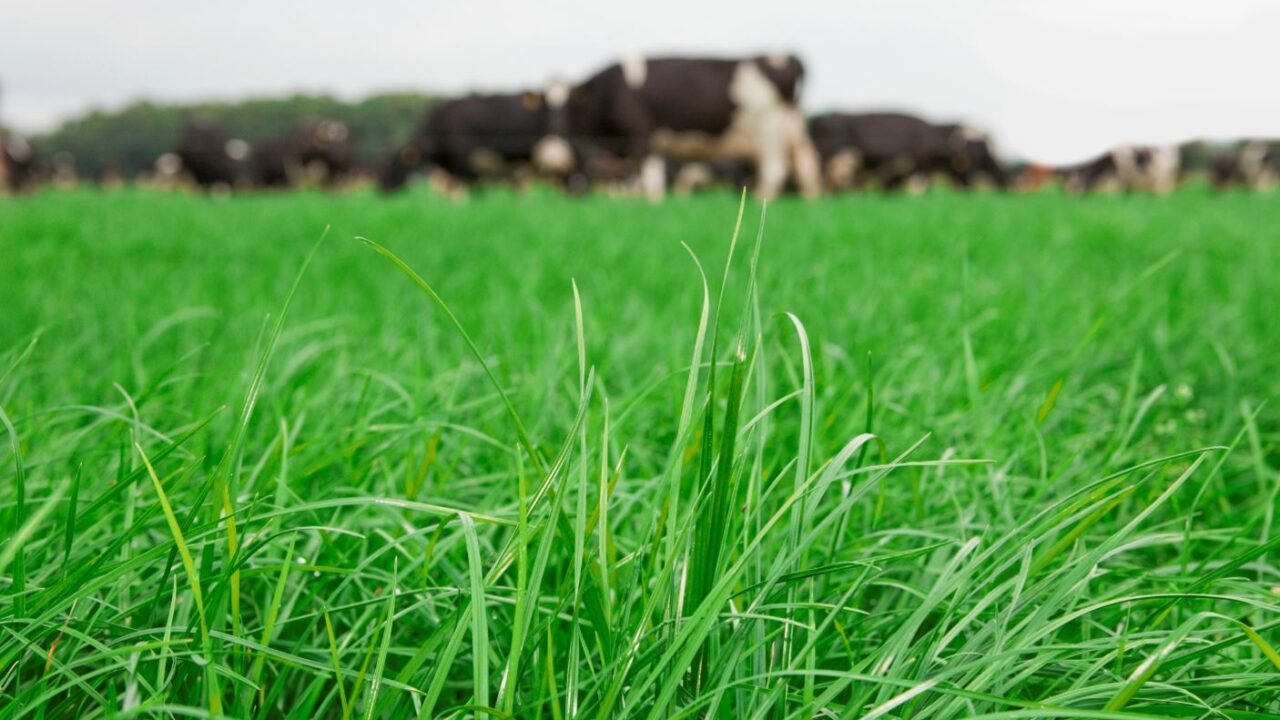
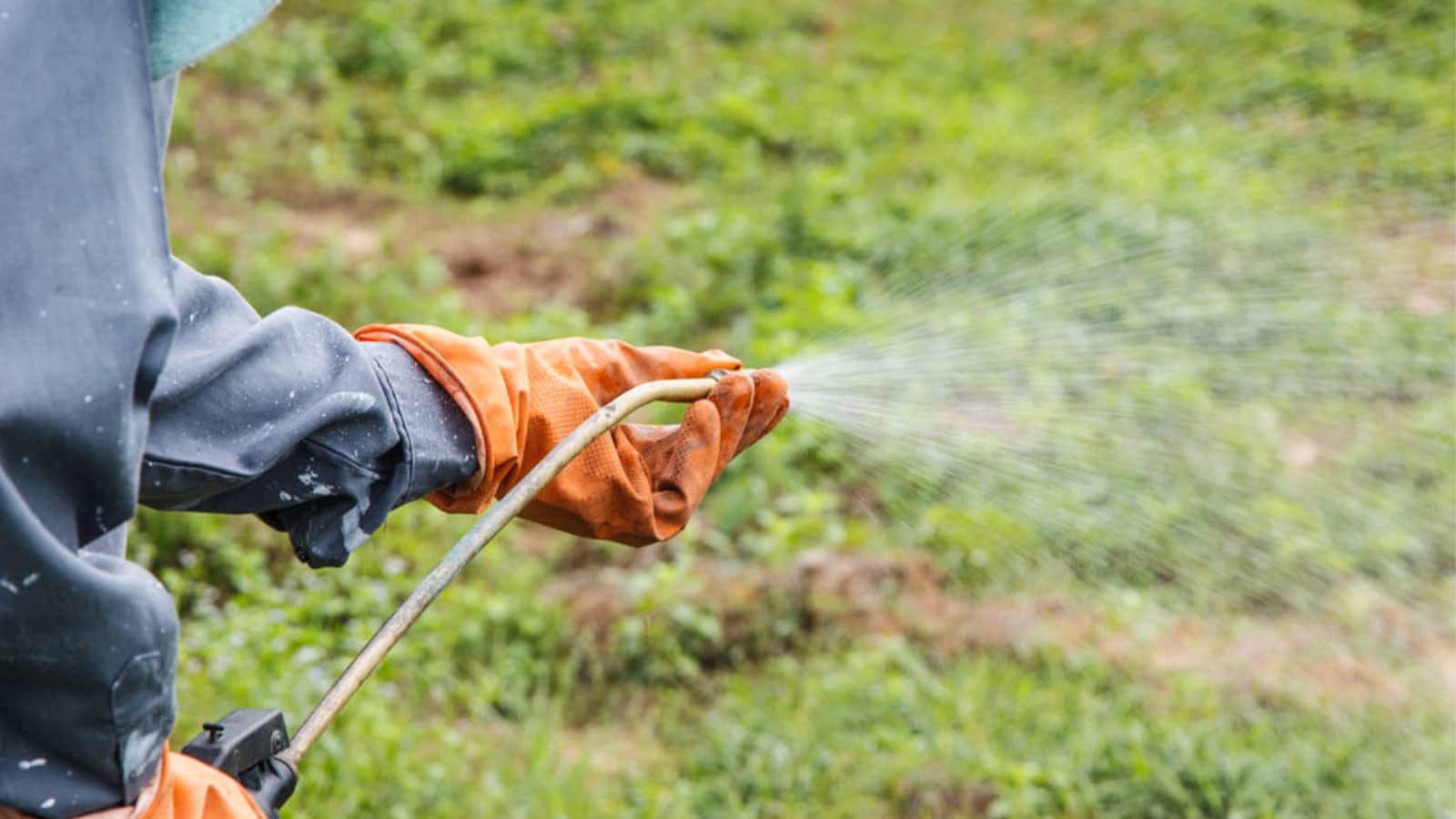
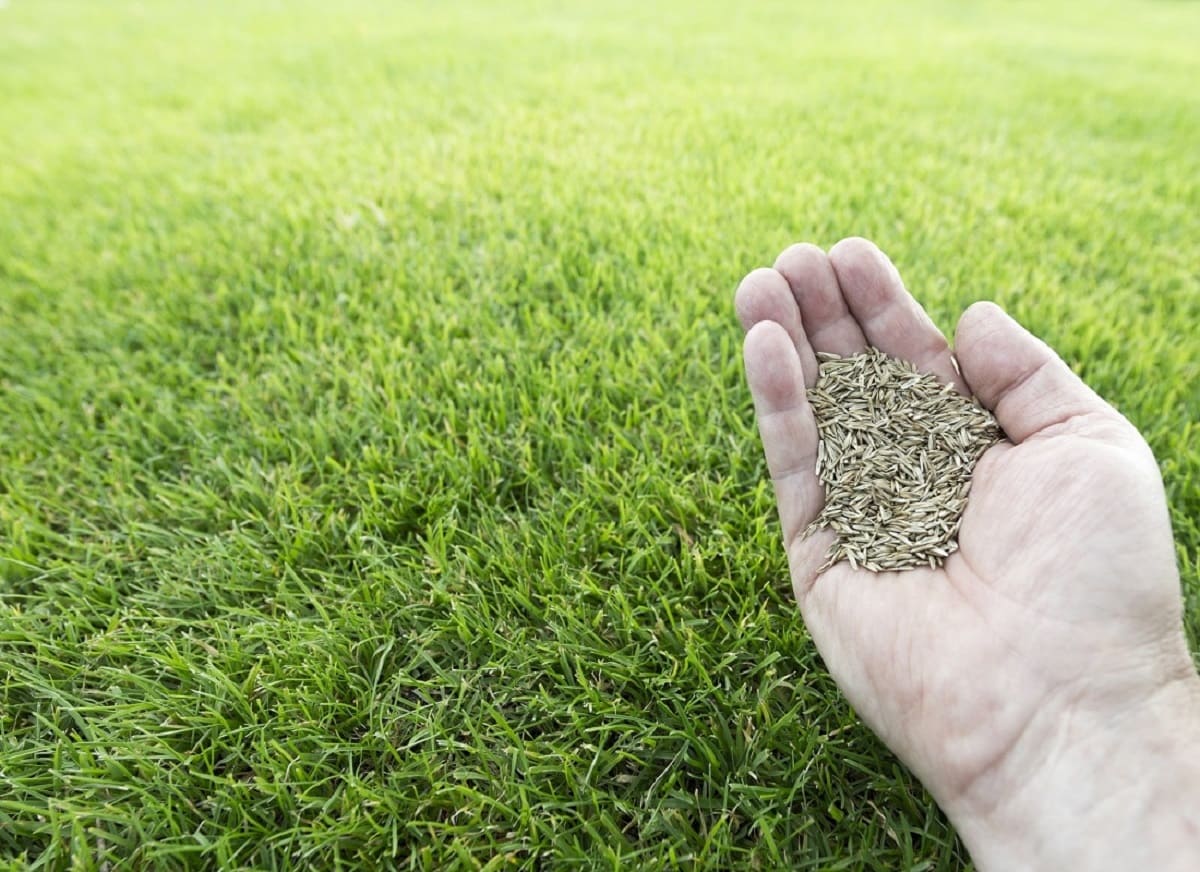

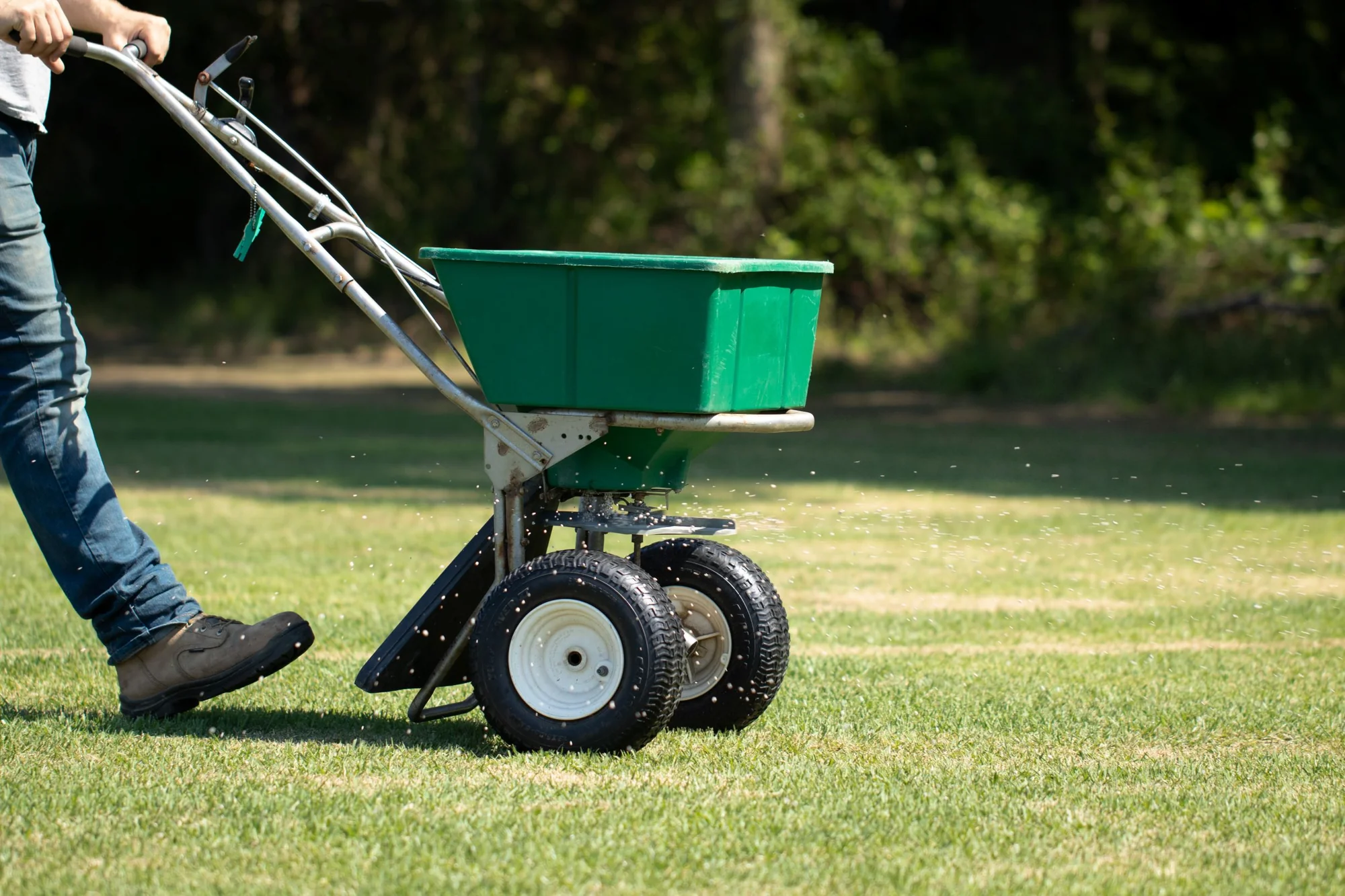

0 thoughts on “When To Fertilize New Grass”